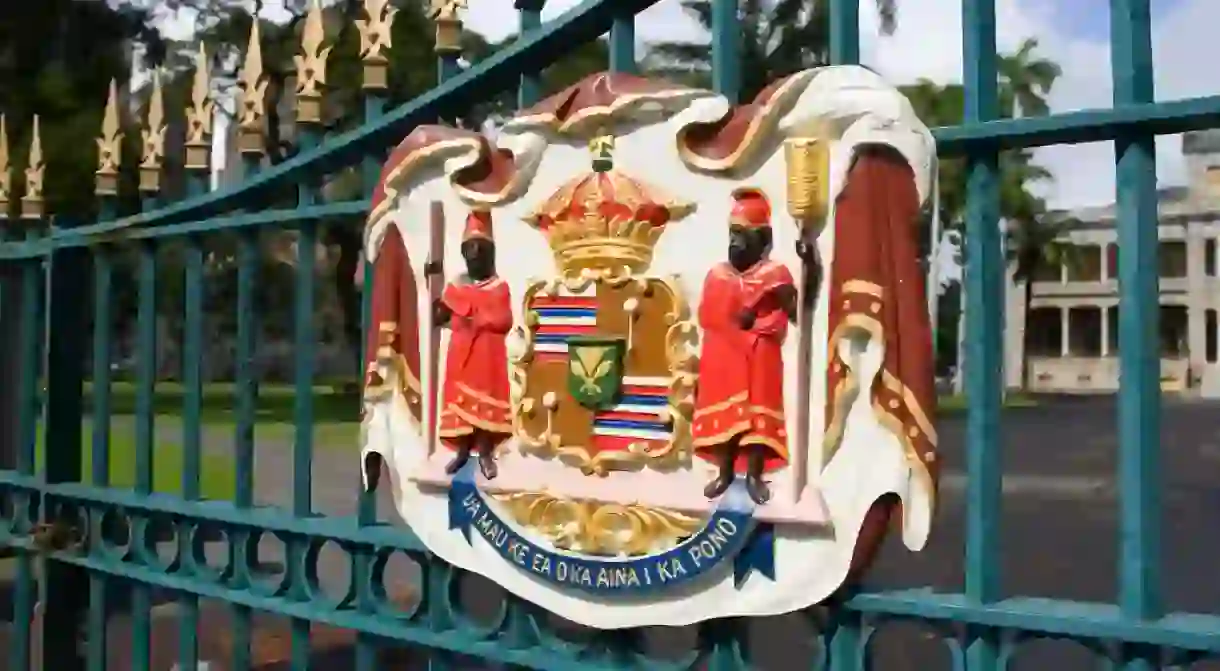A New Initiative Is Helping Revitalize the Hawaiian Language

Duolingo is among the language learning mobile apps seeking to revitalize endangered languages. In this case, it is providing a modern spin on how to learn the indigenous Hawaiian language.
Since 1992, an increasing number of cities throughout the US have swapped Columbus Day for Indigenous Peoples’ Day, celebrating Native American history and culture. Language is an essential aspect of Hawaiian heritage in particular – not just as a means of communicating but as a construct for a culture’s entire worldview. However, many native languages across the globe are dying at an unprecedented rate.
Right now, there are approximately 7,000 languages in existence, but 50% of the world’s population speaks just 20 languages. According to The Endangered Languages Project, 165 languages in the US alone are at risk of dying out. One of those is the indigenous language of ‘Ōlelo Hawai’i, the Hawaiian language.
While globalization is one of the many culprits of language loss, it may also aid in the revitalization of these threatened languages, along with advancements in technology. For instance, mobile apps like Duolingo and Busuu have brought us into a new age of language learning, making the entire process cheaper, less rigid than classroom learning, and almost universally accessible.

Today, numerous apps focus on popular languages like Spanish, Mandarin, and Hindi. Others specifically target languages with few native speakers left, like Anindilyakwa and Iwaidja from Australia, Chickasaw and Tuscarora in the US, and many tribal languages in Canada. However, in order for a language to flourish, new speakers must have opportunities to utilize that language in everyday life, and have the desire to pass on their knowledge to their children, creating a new generation of native speakers. Language learning apps are proven to increase the number of proficient speakers of these endangered languages, helping ignite a revitalization process of some of those most at risk. In 2014, there were 100,000 native Irish speakers; today, four million people have taken the Duolingo course.
History of ‘Ōlelo Hawai’i
Hawaii faced a similar history of linguistic suppression and assimilation to that of the Native Americans. After a coup successfully overthrew the Hawaiian monarchy in 1893, the US government created a law prohibiting ‘Ōlelo Hawai’i from being spoken or taught in schools. This ban, in conjunction with the local population decline due to foreign disease, saw a dramatic reduction in the use of the native language. Although the exact number is debatable, a 2016 report by The State of Hawaii sites that 5.7% of the population (18,610 people) speaks ‘Ōlelo Hawai’i at home.
The new initiative
The language learning app Duolingo is spearheading the newest measure aimed at increasing the number of Hawaiian language learners worldwide. The revitalization movement of ‘Ōlelo Hawai’i has been underway for decades, but Duolingo’s new initiative hopes to attract visitors from around the world who are interested in The Aloha State’s unique culture. In the past, ‘Ōlelo Hawai’i courses were created for Drops, Mango and other language learning apps. Yet, with over 300 million users, Duolingo is the largest mobile app to feature Hawaiian. Nearly 20,000 people are already enrolled in Duolingo’s free Hawaiian language course, which launched on October 8, Indigenous Peoples’ Day.

The course was designed by a small group of fluent speakers who are dedicated advocates of the Hawaiian language revitalization movement. One of the specialists working on the project, Ekela Kaniaupio-Crozier, explained the goals behind the Hawaiian language course. “We’re looking at trying to get it out to a broader audience,” she said to Honolulu Civil Beat. “But we’re also hoping that local families – especially those with children in immersion education – will take advantage of the app and feel a little more confident in the language.”

Visitors will learn how to pronounce Hawaiian words and gain knowledge of the islands’ cultural heritage, further enriching their learning and travel experience. Existing residents can reconnect with their culture and ancestors through the same means, as ‘Ōlelo Hawai’i is crucial to the preservation of Hawaiian culture and local identity. These new, modern initiatives are re-energizing the Hawaiian language movement and sparking hope towards incorporating the language into everyday lives and eventually making a global impact.













